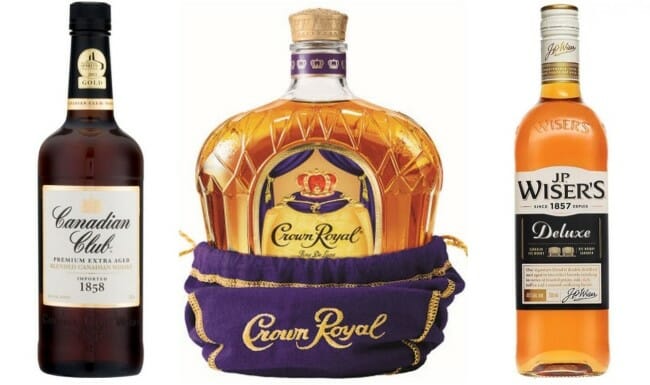Cocktail Queries: What Is Blended Whiskey, and Why Is It So Cheap?

Cocktail Queries is a Paste series that examines and answers basic, common questions that drinkers may have about mixed drinks, cocktails and spirits. Check out every entry in the series to date.
If you’re an average spirits consumer browsing the whiskey aisle of a package store, you’re eventually going to face the following question: What are all these “blended” whiskeys on the bottom shelf, exactly? What does the “blended” label mean? Do their cheap price tags automatically imply a low level of quality, or are some of them actually fit to drink?
When it comes to the latter question, you can look at our blind tasting of 13 bottle-shelf, bourbon-adjacent whiskeys and see for yourself. But actually defining “blended whiskey” is considerably more complicated, owing to one thing in particular: The term “blended” means very different things in different nations.
Let’s start, then, by explaining what “blended whiskey” means in the USA.
-

-

-

-

-

-

-

-

-

-

-

-

-

-

-

-

-

-

-

-

-

-

-

-

-

-

-

-

-

-

-

-

-

-

-

-

-

-

-

-












































